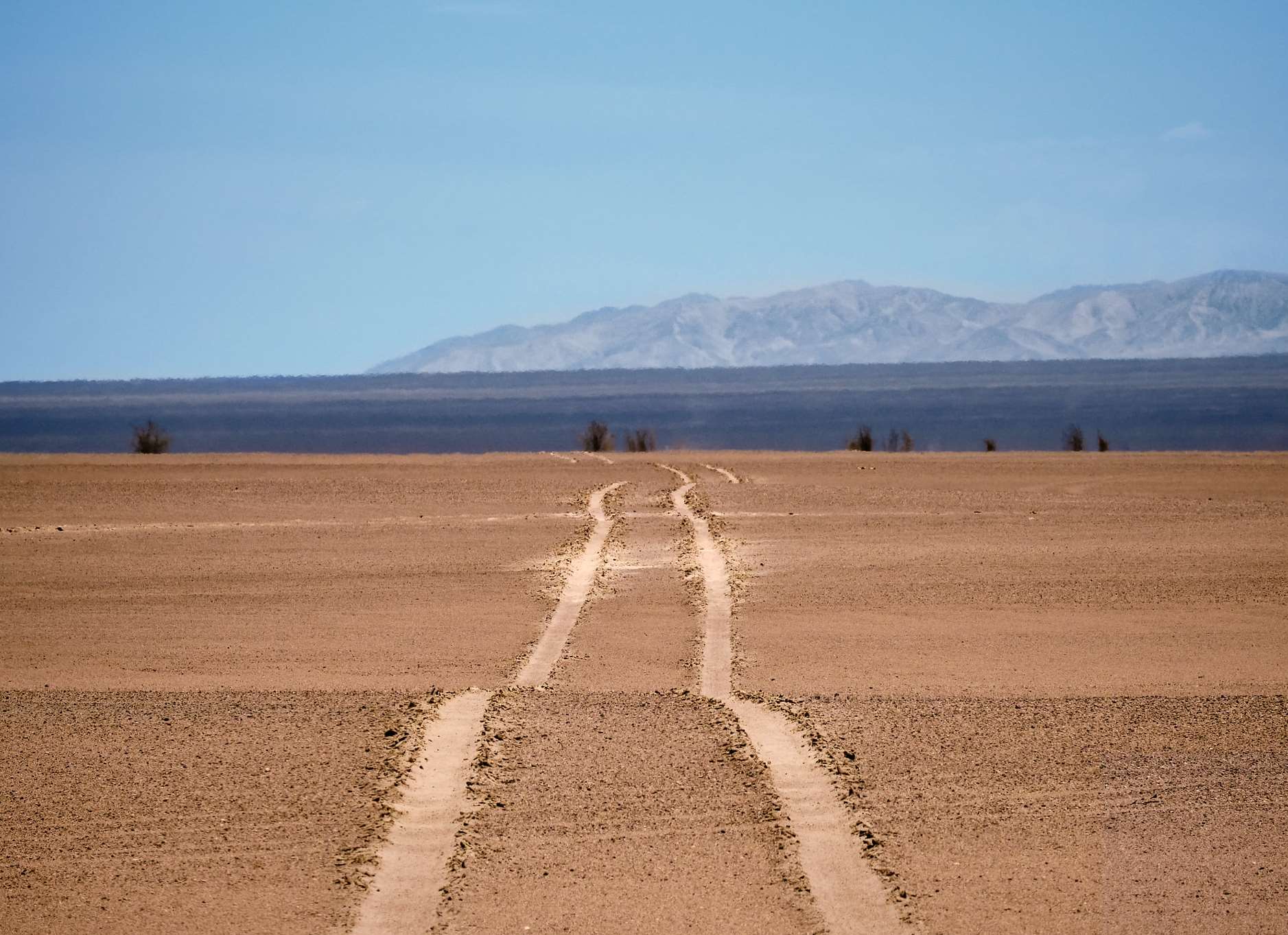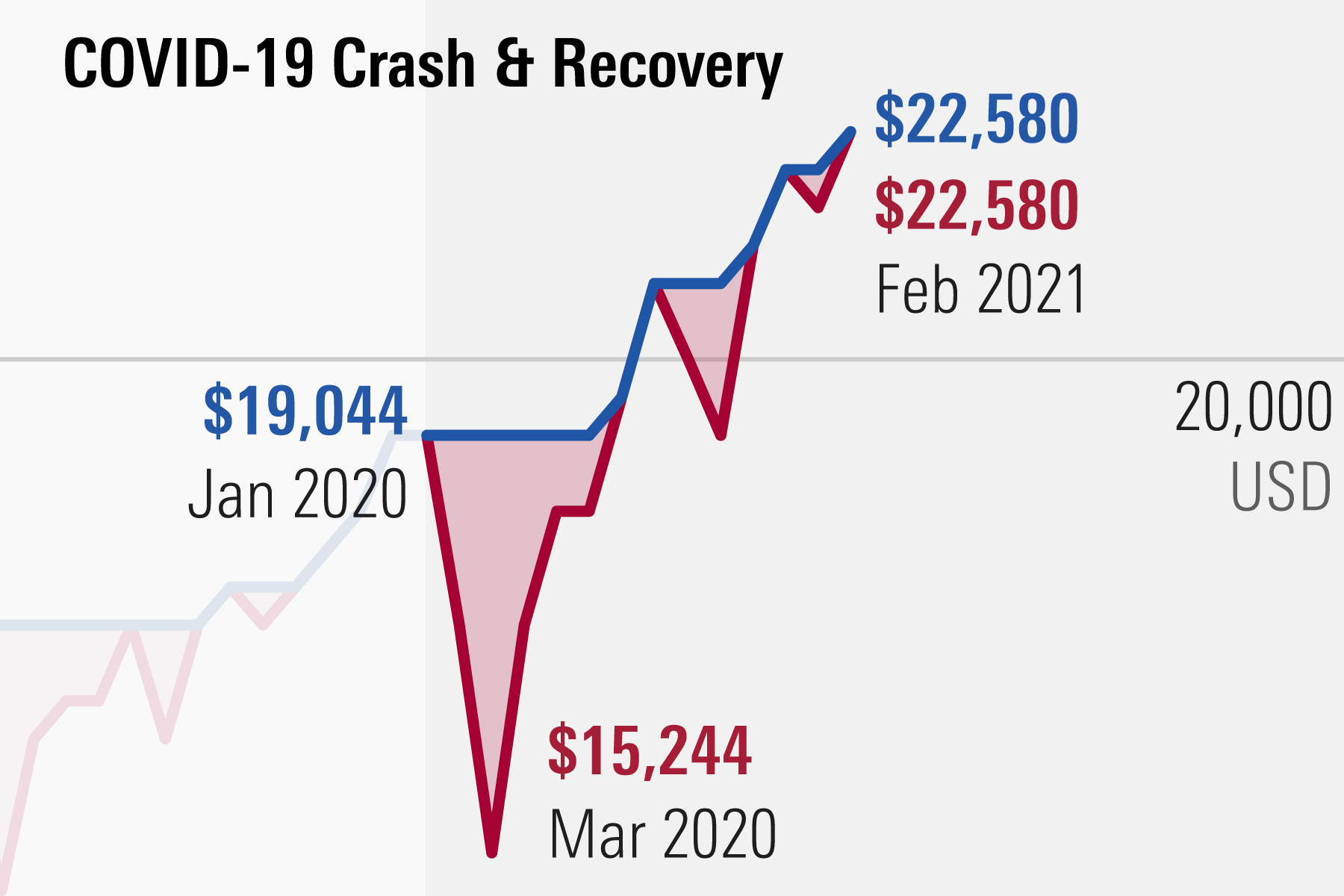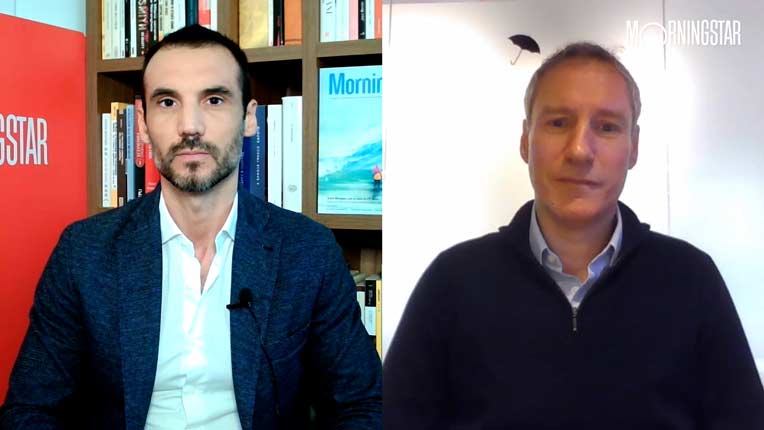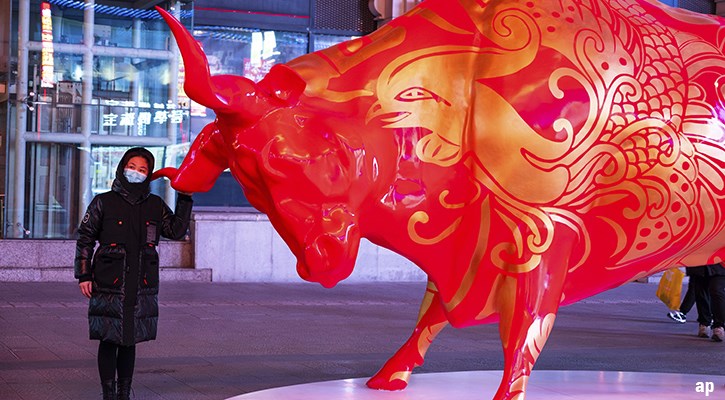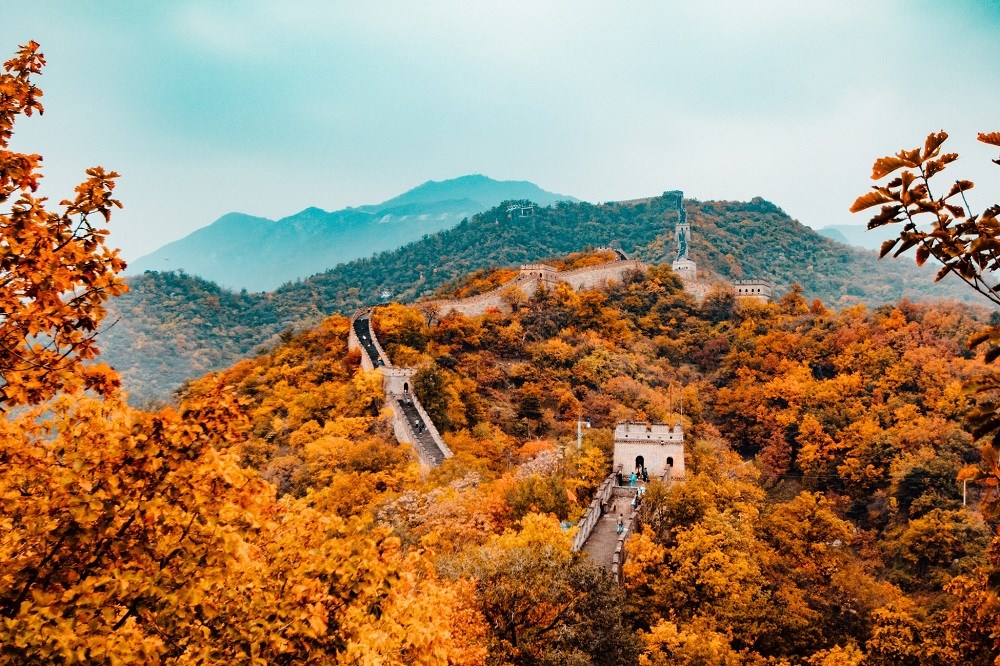
The Belt and Road Initiative (BRI), also called One Belt, One Road, is a global infrastructure project started by China in 2013.
“No other trading initiative by any single country in history compares to it, says Gordon Houlden, director emeritus of the China Institute, adding that BRI dwarfs the Marshall plan. The Marshall Plan was a U.S. program that provided aid to parts of Europe after World War II. It was also known as the European Recovery Program.
The BRI initiative involves building infrastructure in multiple countries. Projects include railways and stations, ports, hydropower plants, and oil and gas pipelines. Many of these projects are financed via Chinese loans. Presently, there are 24 projects ongoing in the Indian Ocean, around 60 port, rail and road projects carried out around the Mediterranean, in Europe and in Latin America, and three giant railway networks extending across Central Asia, with one projected to extend up to Berlin and London through Moscow.
Initially, the projects were all in heavy infrastructure, but since the Digital Silk Road announcement in 2015, the projects include fifth-generation (5G) cellular networks, fibre-optic land and undersea cables, solar power plants and “safe-city” surveillance systems. Now, following a Green BRI announcement in 2019, many projects adopt a sustainable energy and biodiversity orientation.
The Scope of the Project
President Xi Jinping’s “One Belt, One Road” program sought at the outset to connect China with countries in Central, South and Southeast Asia, but it has since expanded to include 140 countries. All these countries officially endorse the BRI, and a large majority of them house BRI projects.
Accordingly, the BRI’s financial breadth is tremendous. The Marshall plan of 1948 contributed around US$ 13.2 billion in loans and grants to 16 European nations, which would amount to about US$135 billion today. There are no confirmed numbers for the amount the BRI has granted so far. A 2018 analysis by Morgan Stanley calculated that investments could reach US$ 1.2 to 1.3 trillion by 2027.
While these might seem like eye-watering sums all spent by one entity, the Chinese government, the Council on Foreign Relations (CFR) wrote in a report on the implications of the BRI for the U.S. that “in large part because of BRI, many believe China is a more significant economic actor than the United States, even though U.S. private-sector investment usually outstrips Chinese investment. Although U.S. firms invest globally, they are not seen as appendages of the state, and often, publics do not even know these are U.S. companies.”
Driving the Belt and Road
What is driving the BRI? To some analysts, including Luke Patey, it is China’s primary conduit for pursuing global domination. Patey is the author of the recently published How China Loses: The Pushback Against Chinese Global Ambitions and senior researcher at the Danish Institute for International Studies. He thinks that China will succumb to overreach. China, he writes, “seeks to challenge the core values of the world’s liberal democracies: individual liberty, freedom of speech, and rule of law,” pointing to the country’s “predatory economic agenda, headstrong diplomacy, and military expansion.”
We disagree. “The Belt and Road Initiative is first and foremost an economically driven initiative,” states Lorraine Tan, Director, Asian Equity Research, at Morningstar. The initiative mostly grew out of the financial crisis of 2008 at the end of which “China ended up with a huge build and manufacturing capacity, Tan continues. The BRI was borne out of that, to diversify commercial partners and ensure that factories will turn and that Chinese workers will have jobs.”
Houlden agrees. “China has a sense that international institutions (IMF, OECD, World Bank, etc.) were designed by the West, for the West. The BRI is China’s way of escaping these boundaries, to create an economic space by its own design.”
Tan refers to a recent Morningstar research (China and the Middle-Income Trap) espousing the view that China is in the well-known predicament called the “middle-income trap”. Many countries have attained the middle-tier range of nations where growth, once very strong, is stagnating, locking them into the “middle-income trap”. “Worryingly, China shares some of the traits common to countries that have fallen into the trap,” says the study.
The BRI is part of China’s effort to grow out of this trap. Will it succeed? Morningstar considers that it has “moderate” chances of doing so. If it doesn’t, then probably the worries of a hegemonic China will be watered down. If it does, Houlden believes the world will face an economic and autocratic super-power that has already put in place a huge network of influence and goodwill.
How Exposed Is Your Equity?
Get The Global Makeup Of Equity Indexes With Our Free Tool Here






